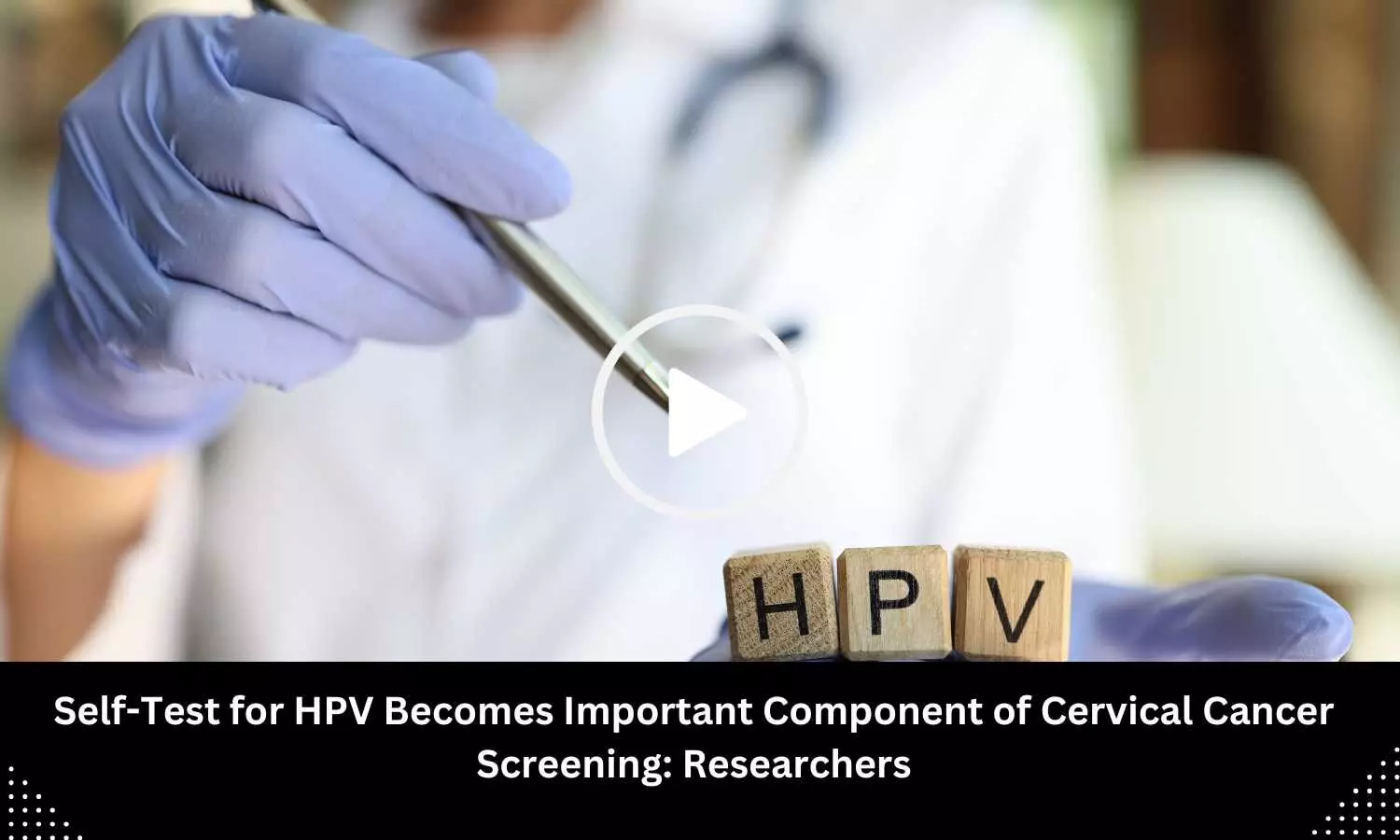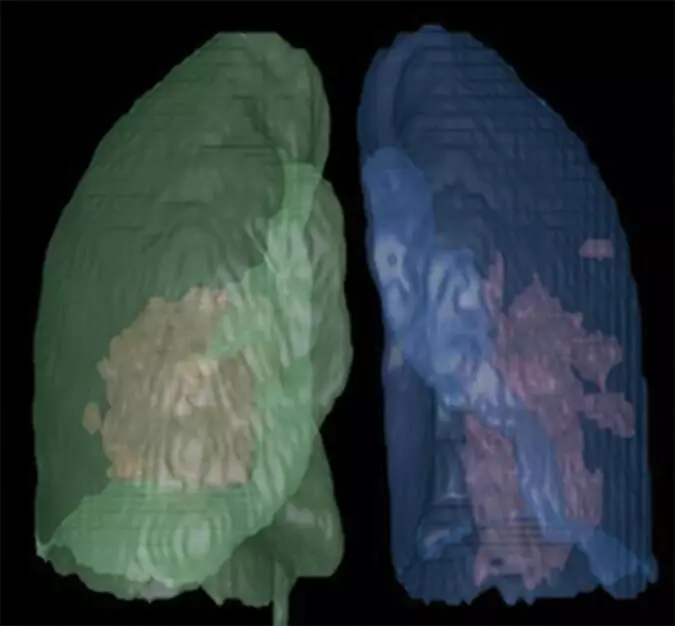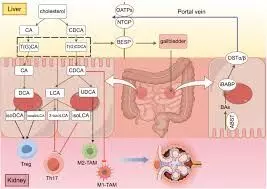Artificial Intelligence has potential for Prevention and early diagnosis of Cervical cancer, claims research

A recent groundbreaking study published
in the journal eClinicalMedicine highlighted the potential of using artificial
intelligence (AI) in the early diagnosis and prevention of cervical cancer.
Cervical cancer is the primary
cause of increased morbidity and mortality worldwide. Effective screening of
precancerous lesions helps in preventing cervical cancer. Cervical cytology
screening and colposcopy are vital tools to prevent cervical intraepithelial
neoplasia (CIN) and cervical cancer. Recently, AI has been used for various
medical image analysis tasks to identify various diseases. Previous literature
has shown the magnificent diagnostic accuracy of AI in detecting CIN and
cervical cancer. However, a meta-analysis of all the studies has not been
performed. Hence, researchers conducted a systematic review and meta-analysis
to examine the pooled accuracy, sensitivity, and specificity of AI-assisted
cervical cytology screening and colposcopy for cervical intraepithelial
neoplasia and cervical cancer screening.
Various databases such as PubMed,
Embase, and Cochrane Library were used to collect data between January 1, 1986,
and August 31, 2024. Various studies that investigated the sensitivity and
specificity of AI-assisted cervical cytology screening and colposcopy for
histologically verified cervical intraepithelial neoplasia and cervical cancer
and a minimum of five cases were included. The performance of AI and
experienced colonoscopists were used to evaluate various metrics along with the
area under the receiver operating characteristic curve (AUROC), sensitivity,
specificity, accuracy, positive predictive value (PPV), and negative predictive
value (NPV), analyzed through random effect models. Subgroup analyses were done
to compare diagnostic performance across developed and developing countries.
Findings:
- About 77 studies that met the inclusion criteria
were included. - The pooled diagnostic performance metrics for
AI-assisted cervical cytology using Papanicolaou (Pap) smears were as follows:
|
accuracy |
94% (95% CI 92–96); |
|
sensitivity, |
95% (95% CI 91–98); |
|
specificity, |
94% (95% CI 89–97); |
|
positive predictive value (PPV), |
88% (95% CI 78–96); |
|
negative predictive value (NPV), |
95% (95% CI 89–99) |
- For AI-assisted cervical cytology using the
ThinPrep cytologic test (TCT), the pooled metrics were:
|
accuracy, |
90% (95% CI 85–94); |
|
sensitivity, |
97% (95% CI 95–99); |
|
specificity, |
94% (95% CI 85–98); |
|
PPV, |
84% (95% CI 64–98); |
|
NPV, |
96% (95% CI 94–98). |
Thus, the study concluded that AI
can be used as a potential source for early diagnosis and prevention of cervical
cancer. AI demonstrates enhanced diagnostic accuracy and can be used as a reliable
tool for diagnostic precision. The study underscores the importance of using AI
as a cost-effective tool for cervical cancer screening, minimizing observer
variability, and improving outcomes.
Further reading: Liu, Lei et al. Performance
of artificial intelligence for diagnosing cervical intraepithelial neoplasia
and cervical cancer: a systematic review and meta-analysis. eClinicalMedicine,
Volume 80, 102992. Doi: 10.1016/j.eclinm.2024.102992.
Powered by WPeMatico













